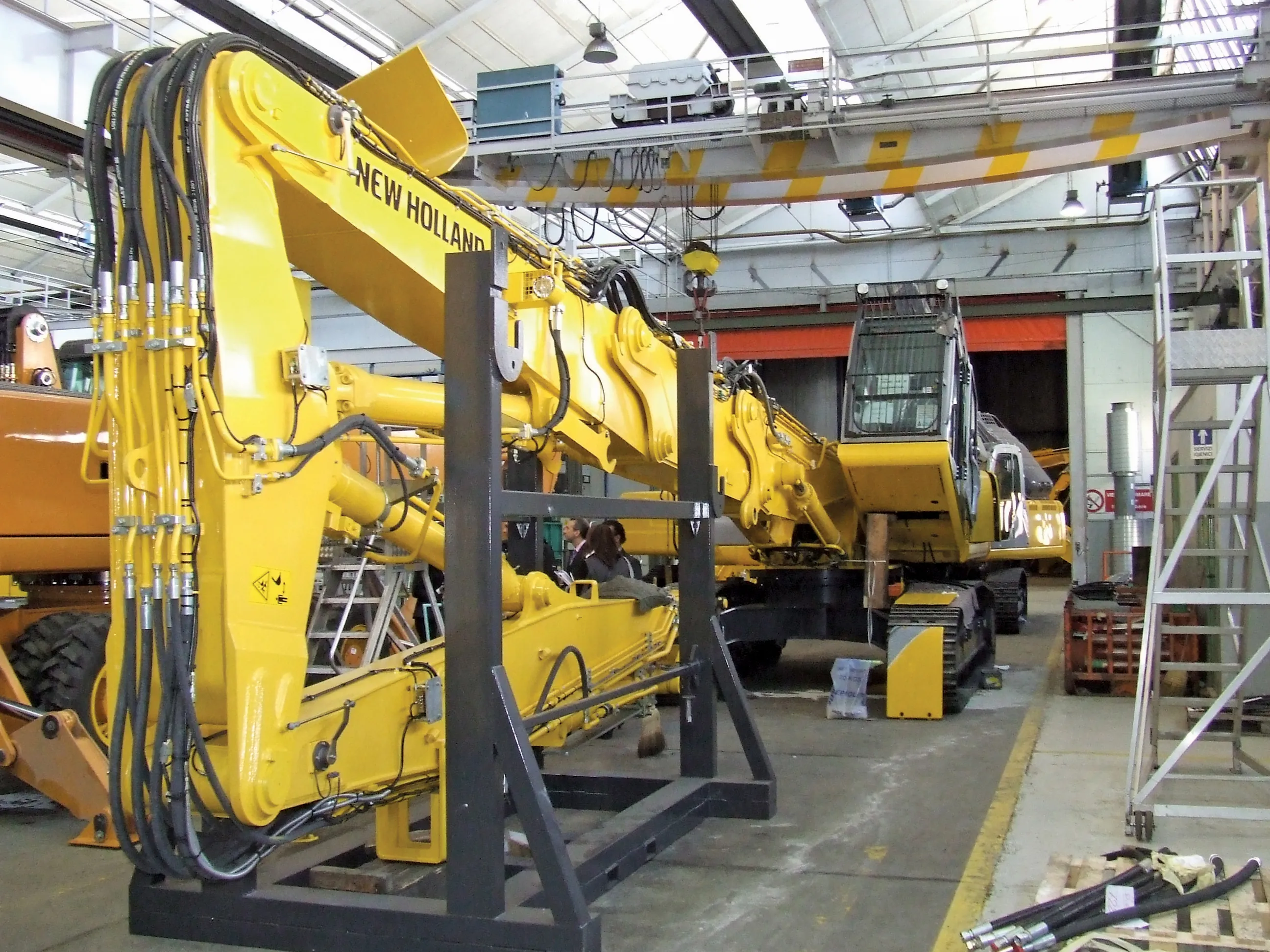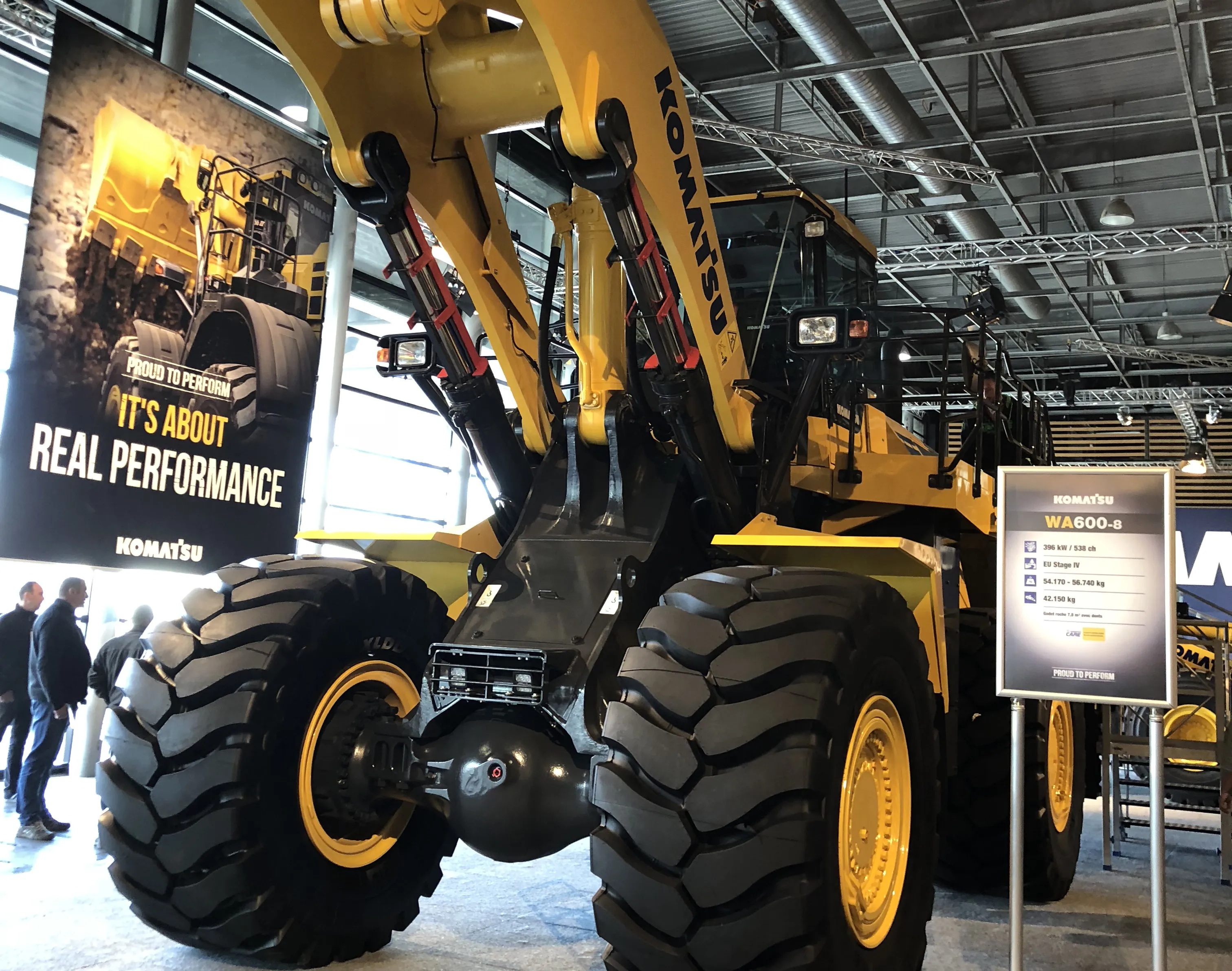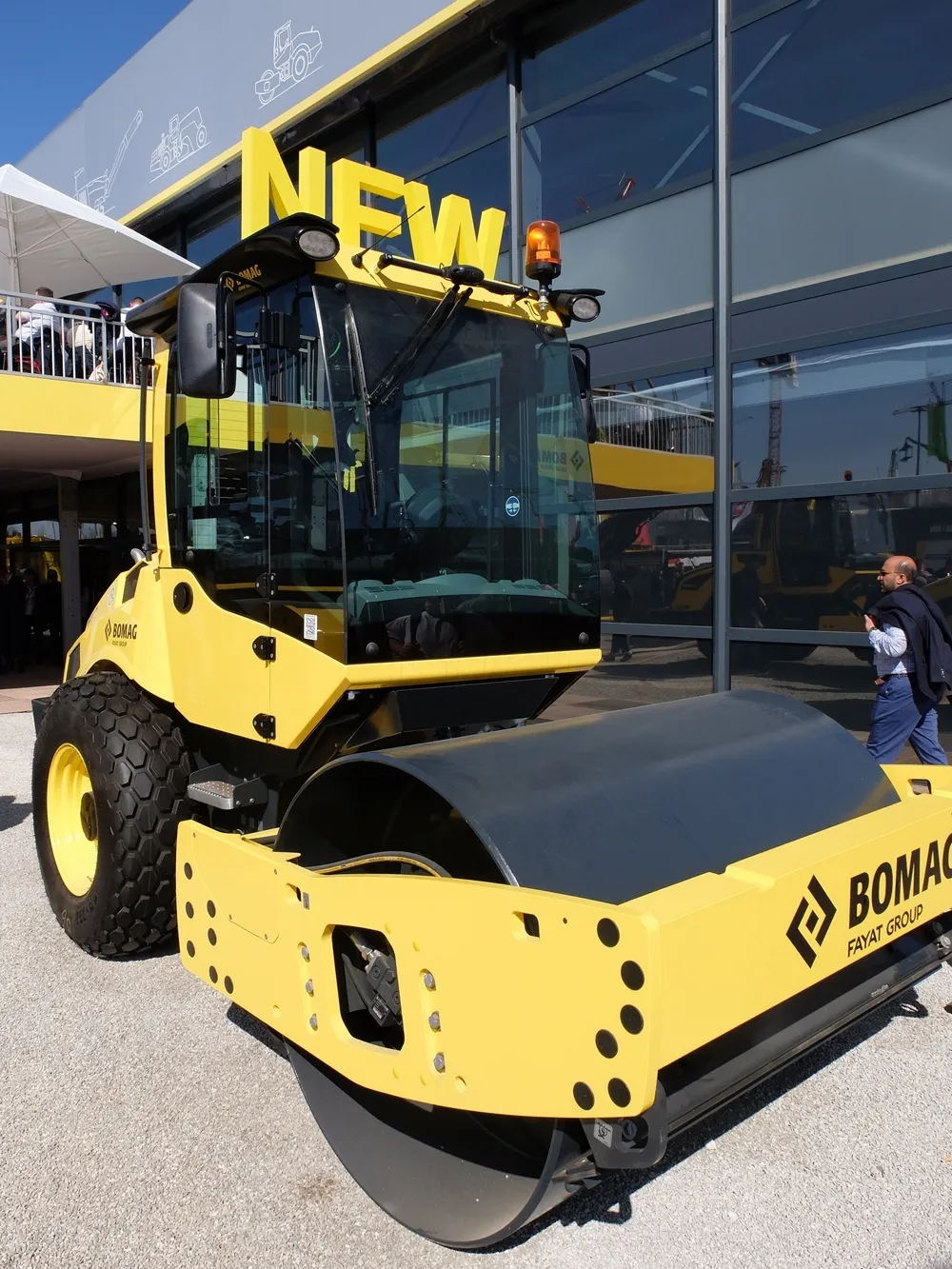The number of construction machines sold on the Italian market decreased by 36% in the first quarter of 2013 compared to the same period of 2012, according to Unacea, the association for Italian construction equipment attachment manufacturers. In Q1 2013, Unacea says 1,157 machines were sold domestically, of which 1,106 were earthmoving machines, 23 were road machines, and 28 were concrete machine/equipment sales. Moreover, according to the foreign trade monitor of the Construction Equipment Outlook publish
May 22, 2013
Read time: 3 mins

The number of construction machines sold on the Italian market decreased by 36% in the first quarter of 2013 compared to the same period of 2012, according to 2539 Unacea, the association for Italian construction equipment attachment manufacturers.
In Q1 2013, Unacea says 1,157 machines were sold domestically, of which 1,106 were earthmoving machines, 23 were road machines, and 28 were concrete machine/equipment sales.
Moreover, according to the foreign trade monitor of the Construction Equipment Outlook published by Unacea and Prometeia, Italian exports of construction machines reached €131 million in January 2013, a decrease of 1.8% compared to the previous year. After the increase by 3% over the whole of 2012, Unacea claims the January decrease appears to be connected to the parallel decrease in intra-3287 EU trade (-19%), and trade with Eastern Europe and Turkey (-28%), where the largest part of exports is directed.
By contrast, there has been a 51% increase of Italian manufactured construction equipment trade on African markets, and an 18% increase in Asian market sales. An increase has also been registered in exports of crushing and screening equipment ( 6%), tower cranes ( 46%), concrete equipment ( 17%) and drilling machines ( 18%), as opposed to a decrease in exports of earthmoving machines (-16%) and road machines (-20%). Trade balance of the whole section is said to remain a positive €107 million, an increase by 7% compared to January 2012 – this positive result is due to the persisting internal market stagnation, whose imports (23.816 million euros) have decreased by 29% compared to last year.
“In Italy, the construction machines sector keeps on being extremely affected by the lack of growth-focused policies,” said Enrico Prandini, vice president of Unacea. “The economic crisis and the lack of adequate controls determine a paradoxical situation where, despite huge investments required by European legislation, non-compliant machines are still employed in construction sites, thus distorting competition and being a possible risk to safety and the environment.”
Prandini said that Unacea is demanding that the newly-installed Italian government introduce award systems in tenders in order to favour companies using latest generation, safer, efficient and environmentally-friendly machines. “We also demand that non-compliant machines are no longer placed on the market and that adequate surveillance arrangements are made, starting from the institution of a construction equipment register.” added Prandini.
Davide Cipolla,2203 CIFA managing director and Unacea councillor for the concrete equipment sector, added: “The Italian market of concrete equipment follows the general decrease of the whole division in terms of causes and range. The number of machines in use is obsolescing, and this may have negative consequences on end-user undertaking efficiency, as well as on environment and safety. In this respect, we report that around 85% of industrial production of concrete in Italy is still carried out through the dry system, i.e. with plants lacking mixer, despite premixing processes have been scientifically proven to ensure high quality and reliability of the product.”
Cipolla said that Unacea is asking for the introduction of measures aimed to spread the culture of premixing as a tool to increase concrete quality and performance, in favour of building safety and quality.
In Q1 2013, Unacea says 1,157 machines were sold domestically, of which 1,106 were earthmoving machines, 23 were road machines, and 28 were concrete machine/equipment sales.
Moreover, according to the foreign trade monitor of the Construction Equipment Outlook published by Unacea and Prometeia, Italian exports of construction machines reached €131 million in January 2013, a decrease of 1.8% compared to the previous year. After the increase by 3% over the whole of 2012, Unacea claims the January decrease appears to be connected to the parallel decrease in intra-
By contrast, there has been a 51% increase of Italian manufactured construction equipment trade on African markets, and an 18% increase in Asian market sales. An increase has also been registered in exports of crushing and screening equipment ( 6%), tower cranes ( 46%), concrete equipment ( 17%) and drilling machines ( 18%), as opposed to a decrease in exports of earthmoving machines (-16%) and road machines (-20%). Trade balance of the whole section is said to remain a positive €107 million, an increase by 7% compared to January 2012 – this positive result is due to the persisting internal market stagnation, whose imports (23.816 million euros) have decreased by 29% compared to last year.
“In Italy, the construction machines sector keeps on being extremely affected by the lack of growth-focused policies,” said Enrico Prandini, vice president of Unacea. “The economic crisis and the lack of adequate controls determine a paradoxical situation where, despite huge investments required by European legislation, non-compliant machines are still employed in construction sites, thus distorting competition and being a possible risk to safety and the environment.”
Prandini said that Unacea is demanding that the newly-installed Italian government introduce award systems in tenders in order to favour companies using latest generation, safer, efficient and environmentally-friendly machines. “We also demand that non-compliant machines are no longer placed on the market and that adequate surveillance arrangements are made, starting from the institution of a construction equipment register.” added Prandini.
Davide Cipolla,
Cipolla said that Unacea is asking for the introduction of measures aimed to spread the culture of premixing as a tool to increase concrete quality and performance, in favour of building safety and quality.







